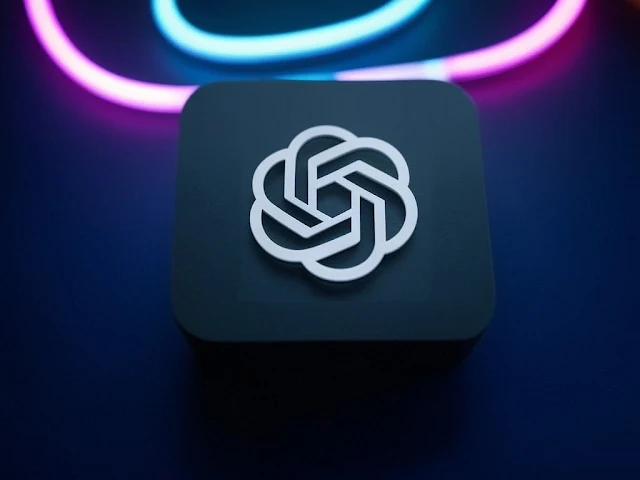ChatGPT users often make some common mistakes in prompts given to it, which have a great effect on replies given by ChatGPT. These mistakes are usually language-related, which is why most people just ignore them. But these small mistakes in spellings, structure or tone confuse ChatGPT, which then might generate replies that are also confusing and unsatisfying.
All users need is to structure their prompts in such a way that it becomes easy for ChatGPT to understand what type of reply you want. And the best way to do this is to minimize mistakes in your prompts. To do so, you must know what are the most mistakes made in ChatGPT prompts.
The following are the most common mistakes committed while taking help from ChatGPT:
Unclear Objectives
Your prompts should clearly indicate your objective. Why you are giving the prompt and what is the main reason behind it should be clearly mentioned, so ChatGPT replies as per your requirements. The lack of clarity in prompts about what you are looking for results in unclear answers or totally invalid replies. So be clear!
Bad Prompt:
"What’s the latest on AI?"
Improved Prompt:
"Can you summarize the latest updates in AI, especially regarding Google’s Gemini and its impact on search?"
Wrong Spellings
Clarity is the most important thing in any writing, and one of the things that reduce this clarity is spelling mistakes. Wrong spellings can result in a wrong interpretation of a text. The more there are spelling mistakes, the more there are the chances of a wrong interpretation of a text by ChatGPT, for it will start guessing the misspelled words or taking them for other words. So make sure that you use only correct spellings! We’re all guilty of writing prompts in a rush, so always double-check to ensure accuracy.
Limited Input
Providing limited data to ChatGPT about your issue or requirement will also make the whole thing unclear. If you provide a prompt saying, “Which book should I be reading now?” without providing any additional information about your history of reading, favourite genres and reading capacity, the answer by AI would be general and might not suit your personality and daily routine.
Bad Prompt:
"What are some good stocks to invest in?"
Improved Prompt:
"I’m a conservative investor with a 10-year horizon. What are some low-risk stocks in the energy and health sector I should consider?"
Complex Statements or Ambiguity in Terminology
Do not write complex sentences in your prompt. It should not be a lengthy speech, comprising complex sentences. Choose short sentences or phrases as a series of steps. In this way, the reply by ChatGPT will also follow the same structure of small steps which you can easily understand.
Bad prompt: "Can you explain EBITDA?"
Improved Prompt: "Can you explain EBITDA for a beginner in finance?"
AI does have the ability to understand complex sentences, but too much complexity or simplicity in your statements might lead it to interpret your prompt differently.
Bad prompt: "What is cloud?"
Improved Prompt: "What is cloud computing, and how is it used in business operations?"
No Clear Format
Do include in your prompt what type of format and structure you want your answer in. Tell ChatGPT whether the reply should be in the form of a series of steps, in paragraphs or in the form of a timetable. It will make AI generate answers as per your wishes.
Bad Prompt:
"Explain the process of photosynthesis."
Improved Prompt:
"Can you explain the process of photosynthesis in bullet points?, Please include a short summary at the end."
Inconsistent Tone
Keep your tone consistent throughout your prompt, allowing ChatGPT to understand your mood. The lack of consistency in tone breaks the prompt into different parts, which generates a confusing reply. You might see slightly different parts within the same answer if there is no consistent tone.
Too much or Invalid Information
Just like limited information, too much information also has the same effect. Information overload makes your prompt so complex that it becomes difficult even for AI to decide what you are actually looking for. So, keep your prompt concise by providing only that data which is important and make sure no useless phrases or words are used.
Tell ChatGPT Who the Answer Is For
Not all types of writing are for everyone. Some are for experts; some are for kids. You must tell ChatGPT through the prompt what type of audience will be reading the answer – whether the language style and word choice must be of the level of kids or experts.
Not doing so will make your message unattractive or unclear for your audience, and they might not understand it.
Bad Prompt:
"Explain the principles of quantum physics."
Improved Prompt:
"Explain the principles of quantum physics in simple terms for a high school student."
No Expert Assigned
People usually ask questions to ChatGPT relating to a specific field. Make sure that you tell ChatGPT to act as an expert of a field, so its replies show answers by an expert. Otherwise, it will provide you general information regarding the topic or issue, which might not be what you are looking for.
Assuming ChatGPT Knows Context (Context Gaps)
Conclusion
Even if you provide a wrong prompt or make a mistake, it’s okay — AI won’t hit a dead end. You can always refine your prompt in the next message. Just like humans, both AI and users grow through experience and feedback, so keep improving and asking clear questions to get the best results! And just a reminder, AI can also make mistakes, so be cautious and avoid adding sensitive data in your prompts.
By crafting concise, clear, and effective prompts, you'll fully benefit from ChatGPT, and most importantly, you will become aware of how to use AI effectively.
Image: DIW-Aigen
Read next:
• How to Use ChatGPT to Enhance Your Writing Without Losing Your Personal Touch
• Achieve Your Life Goals with ChatGPT’s Step-by-Step Plan, Progress Checks, and Motivational Support

